7
Lessons
40 h / 5 Days
Duration
English
Language
Share This Class:
OBJECTIVEs:
- The AWS Solutions Architect – Associate course aims to provide comprehensive training for individuals preparing for the AWS Solutions Architect – Associate exam.
- This course covers essential knowledge and practical skills required to design, deploy, and manage scalable and reliable solutions on Amazon Web Services (AWS).
Course features:
- Practical hands on
- Lab sessions
- Training by experienced faculty
PRE-REQUISITES:
- Familiarity with AWS core services and concepts.
- Hands-on experience with AWS services or cloud environments is recommended but not mandatory.
- Basic understanding of networking, databases, and Linux/Windows systems
Learning Path
- Overview of AWS (1.5 hours)
– Introduction to AWS and cloud computing
– AWS global infrastructure: Regions, Availability Zones, and Edge Locations
– Overview of AWS services and solutions - AWS Management Console (1.5 hours)
– Navigating the AWS Management Console
– Using AWS CLI and SDKs
– Managing IAM users, groups, and roles
- High Availability and Fault Tolerance (4 hours)
– Designing for high availability and disaster recovery
– Implementing load balancing using Elastic Load Balancing (ELB)
– Using Auto Scaling for scaling applications - Decoupling and Microservices (4 hours)
– Implementing decoupling using Amazon SQS and SNS
– Designing microservices architectures using AWS Lambda and API Gateway
– Using AWS Step Functions for orchestration
- Compute Services (4 hours)
– Choosing the right compute service: EC2, ECS, EKS, and Lambda
– EC2 instance types, purchasing options, and lifecycle management
– Implementing containerized applications using ECS and EKS - Storage Solutions (4 hours)
– Choosing storage options: S3, EBS, EFS, and Glacier
– Configuring S3 buckets, storage classes, and lifecycle policies
– Implementing file systems with EFS and understanding EBS volumes
- Identity and Access Management (IAM) (4 hours)
– Managing IAM users, groups, roles, and policies
– Implementing IAM best practices and security controls
– Using AWS Organizations and Service Control Policies (SCPs) - Security Best Practices (4 hours)
– Implementing network security using VPC, Security Groups, and NACLs
– Using AWS KMS for encryption and managing secrets with AWS Secrets
Manager
– Monitoring and logging using AWS CloudTrail, AWS Config, and CloudWatch
- Cost Management (2 hours)
– Understanding AWS pricing models and cost management tools
– Implementing cost optimization strategies and Reserved Instances - Billing and Monitoring (2 hours)
– Using AWS Cost Explorer and Budgets
– Monitoring costs with CloudWatch and CloudTrail
- Infrastructure as Code (IaC) (2 hours)
– Implementing IaC using AWS CloudFormation and Terraform
– Managing and deploying stacks and templates - Automation and Orchestration (2 hours)
– Using AWS Systems Manager for automation
– Implementing CI/CD pipelines with AWS CodePipeline and CodeDeploy
- Lab 1: Setting Up and Configuring AWS Services (1.5 hours)
– Launching and configuring EC2 instances
– Setting up S3 buckets and configuring permissions - Lab 2: Implementing High Availability and Auto Scaling (1.5 hours)
– Configuring ELB and Auto Scaling groups
– Implementing a highly available application architecture - Lab 3: Managing IAM and Security (1 hour)
– Creating and managing IAM roles and policies
– Configuring VPC security groups and NACLs - Lab 4: Cost Management and Monitoring (1 hour)
– Setting up AWS Cost Explorer and Budgets
– Configuring CloudWatch alarms and dashboards
